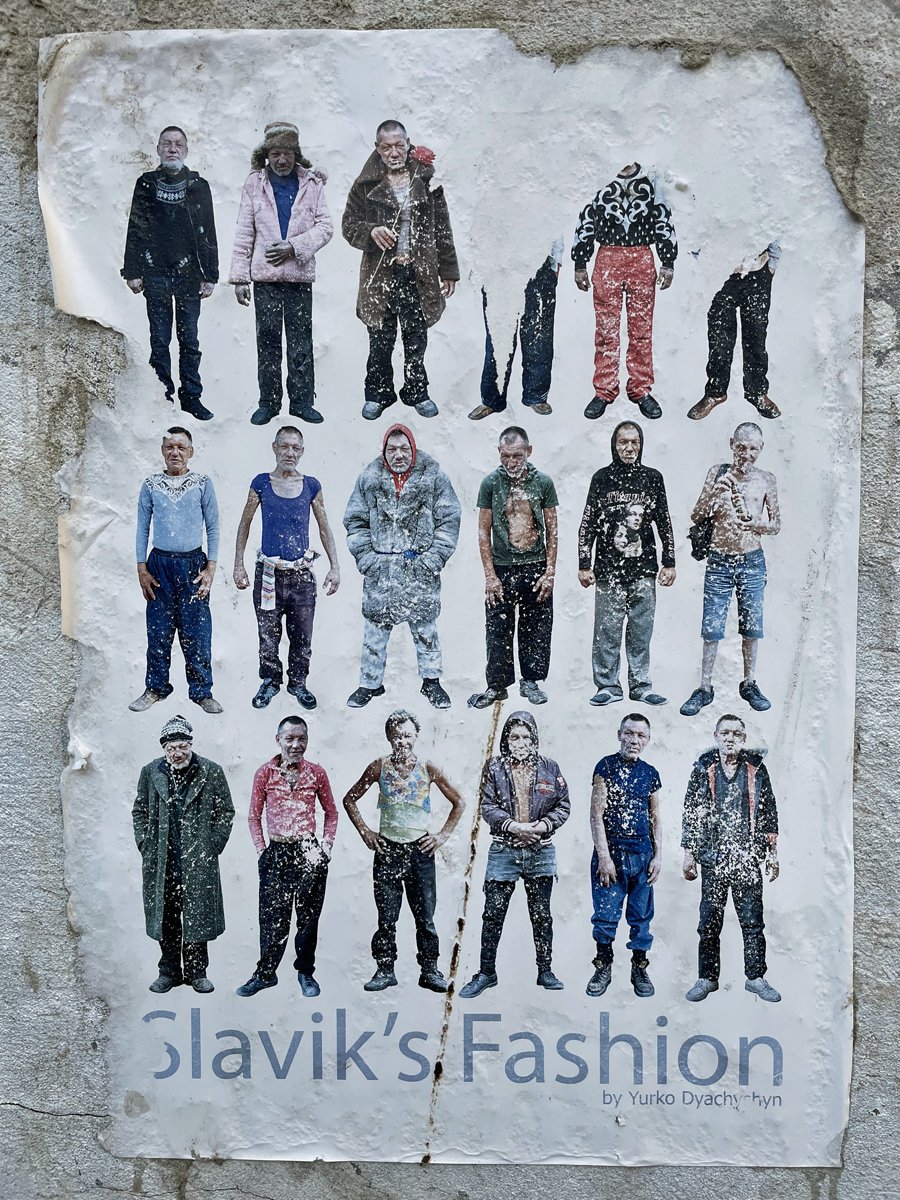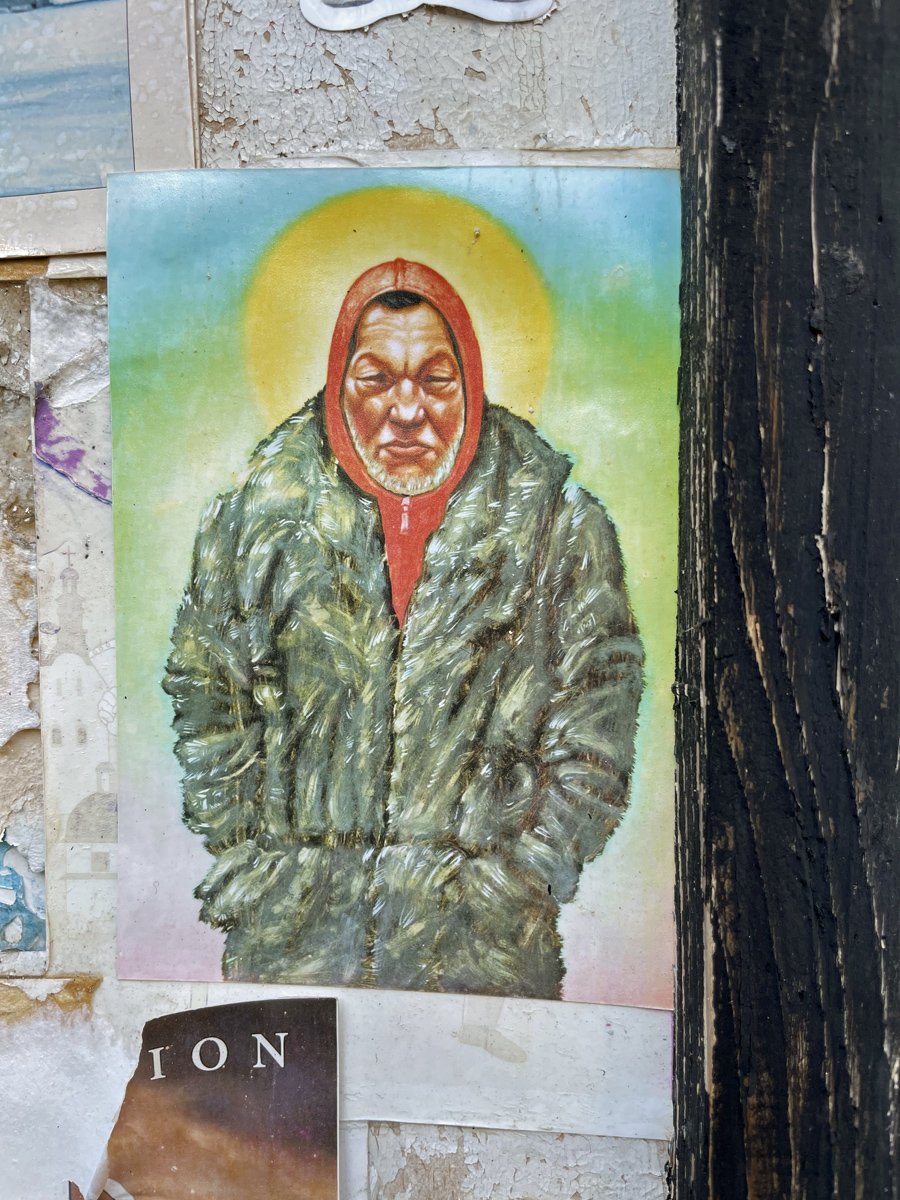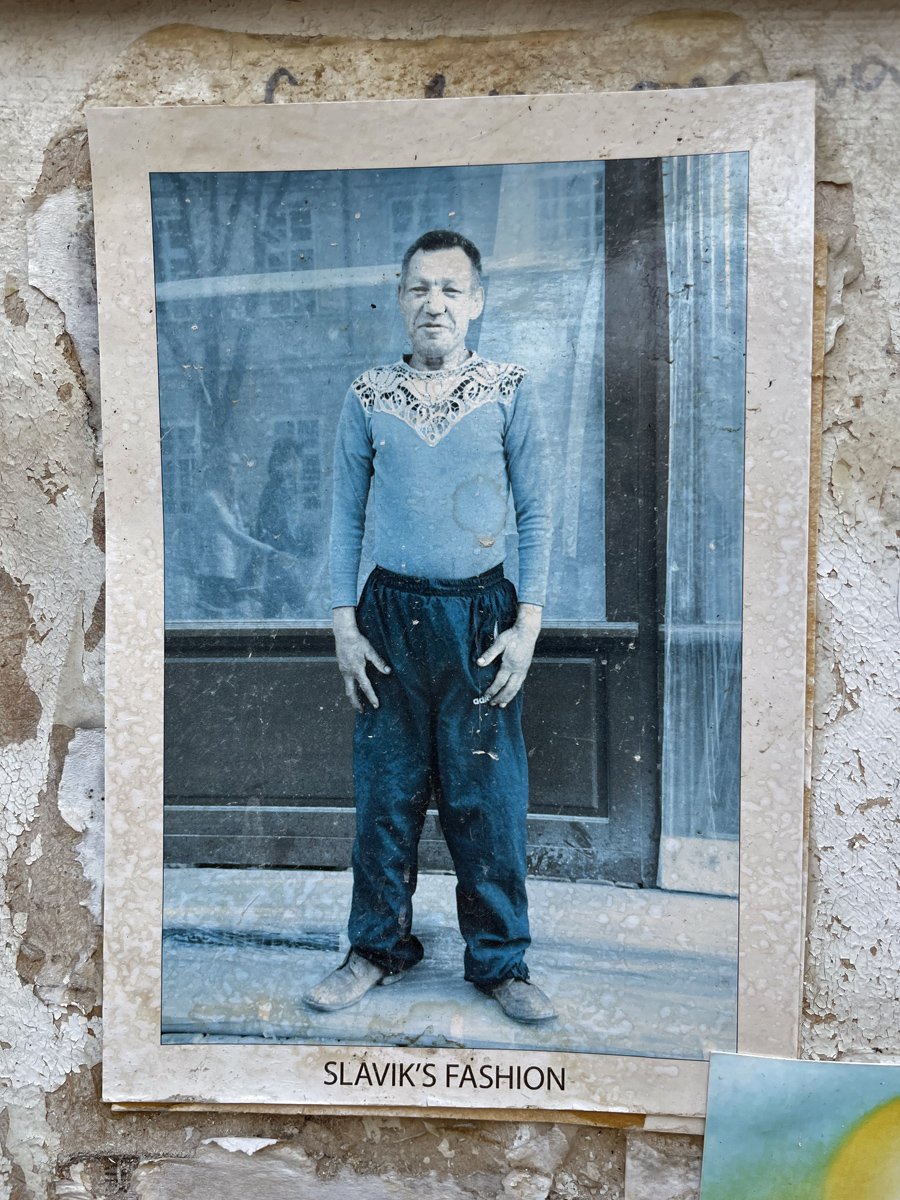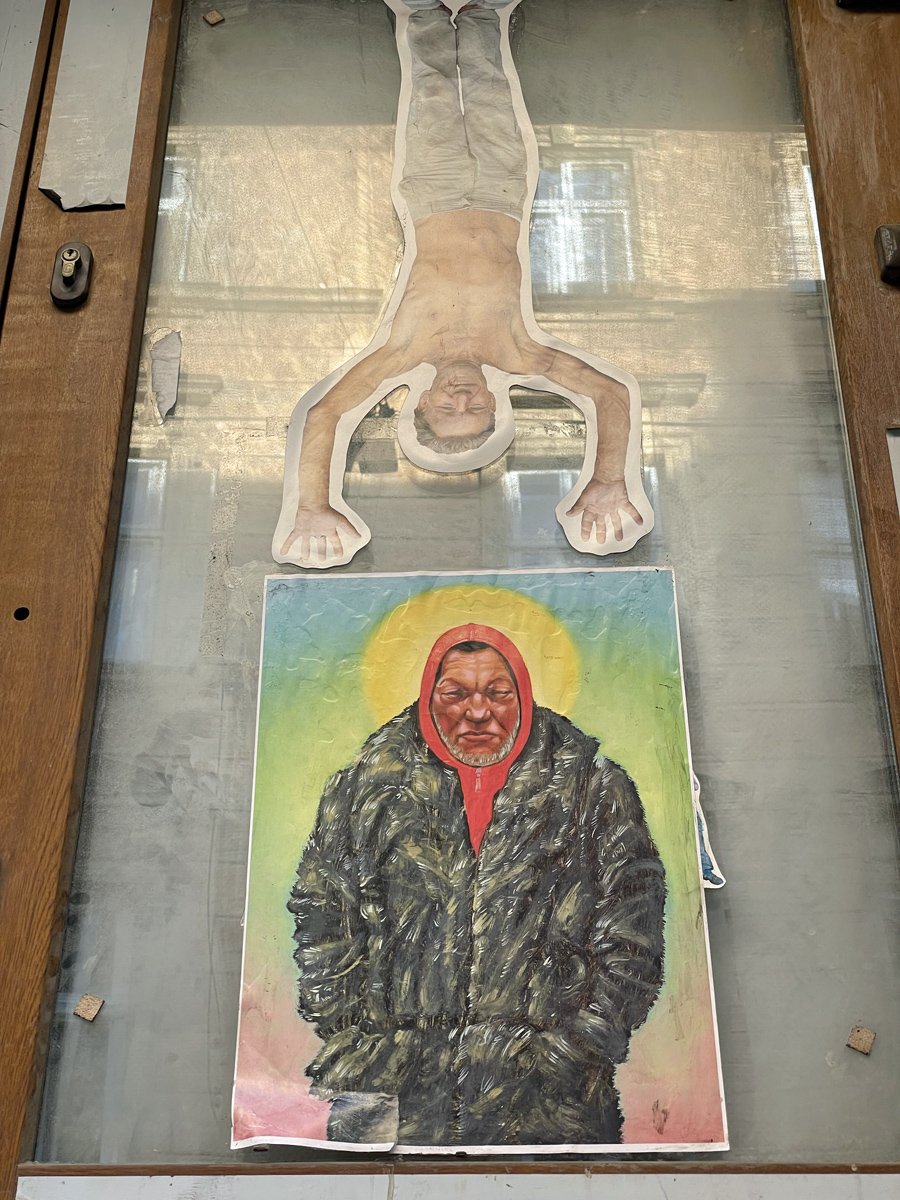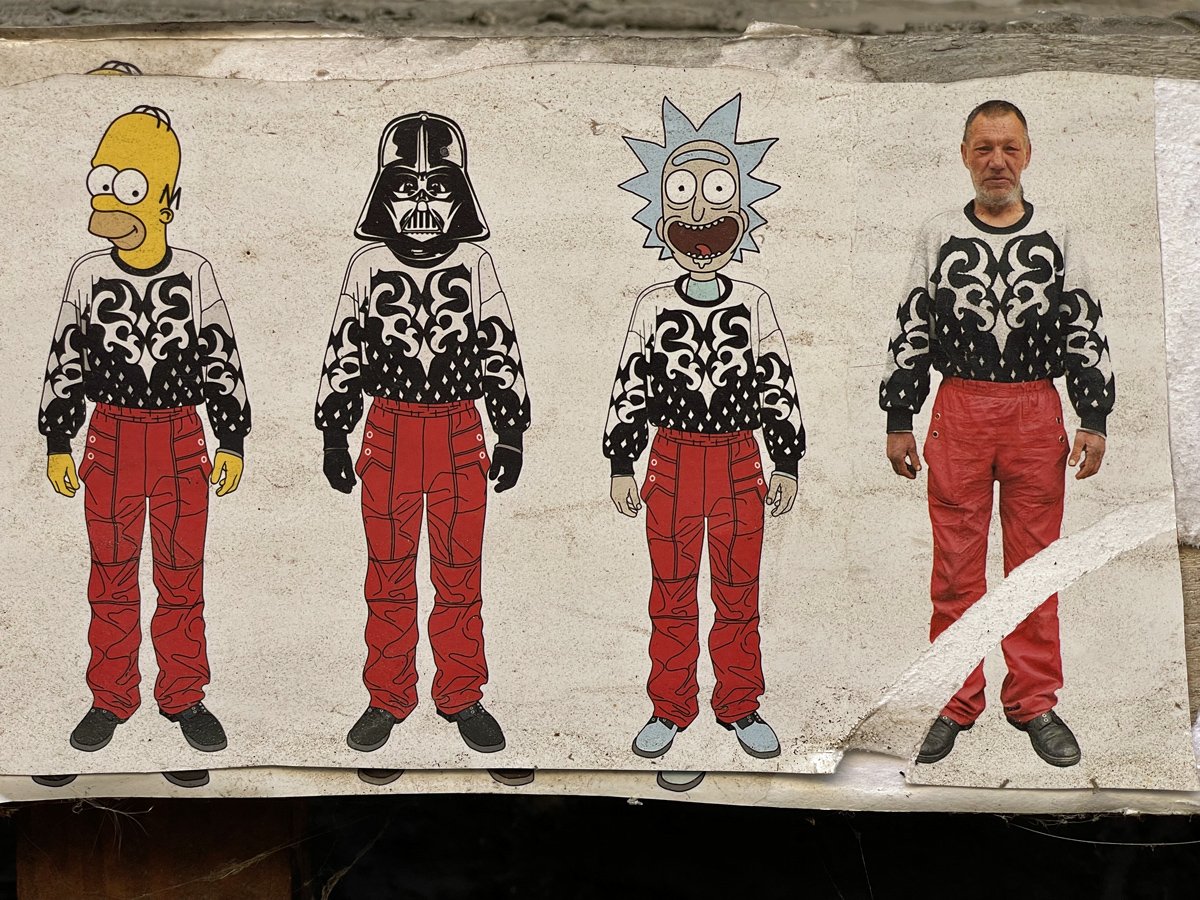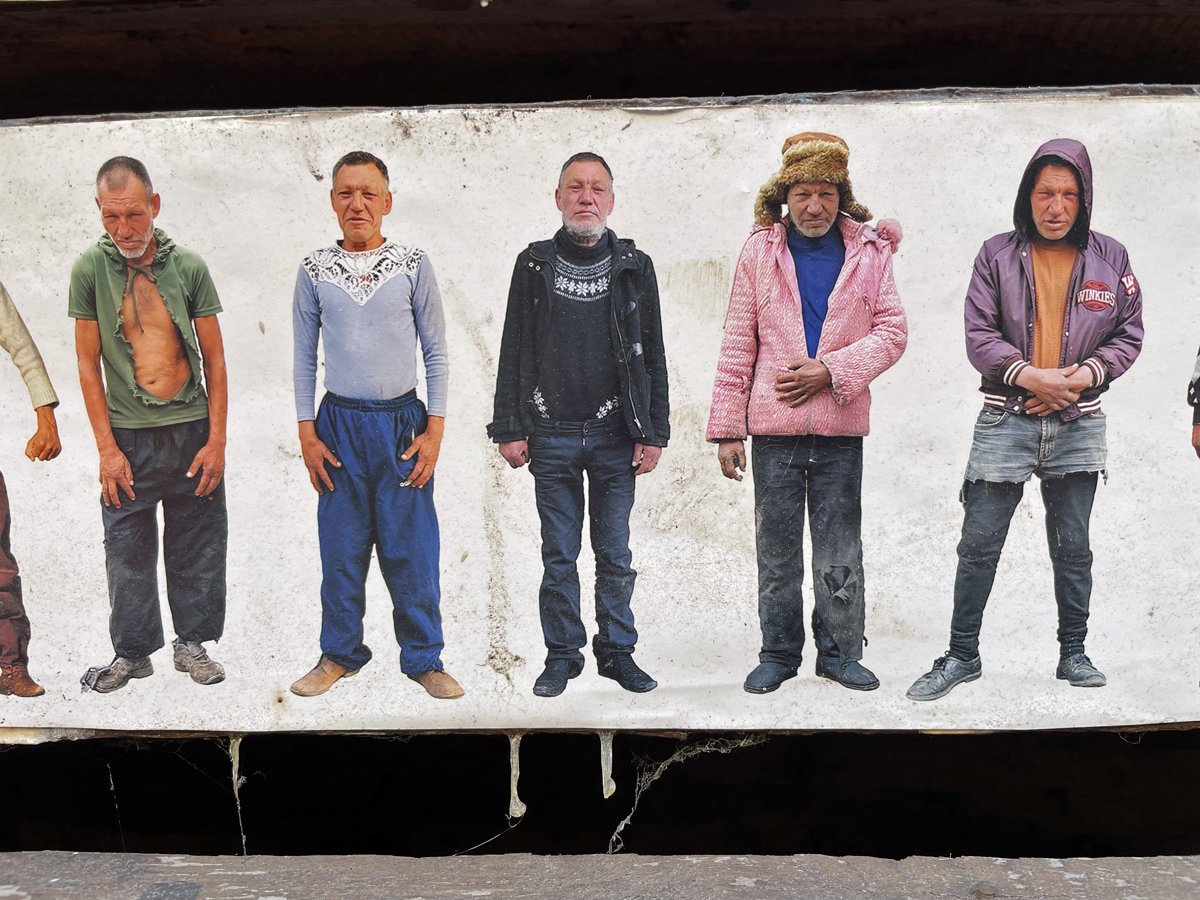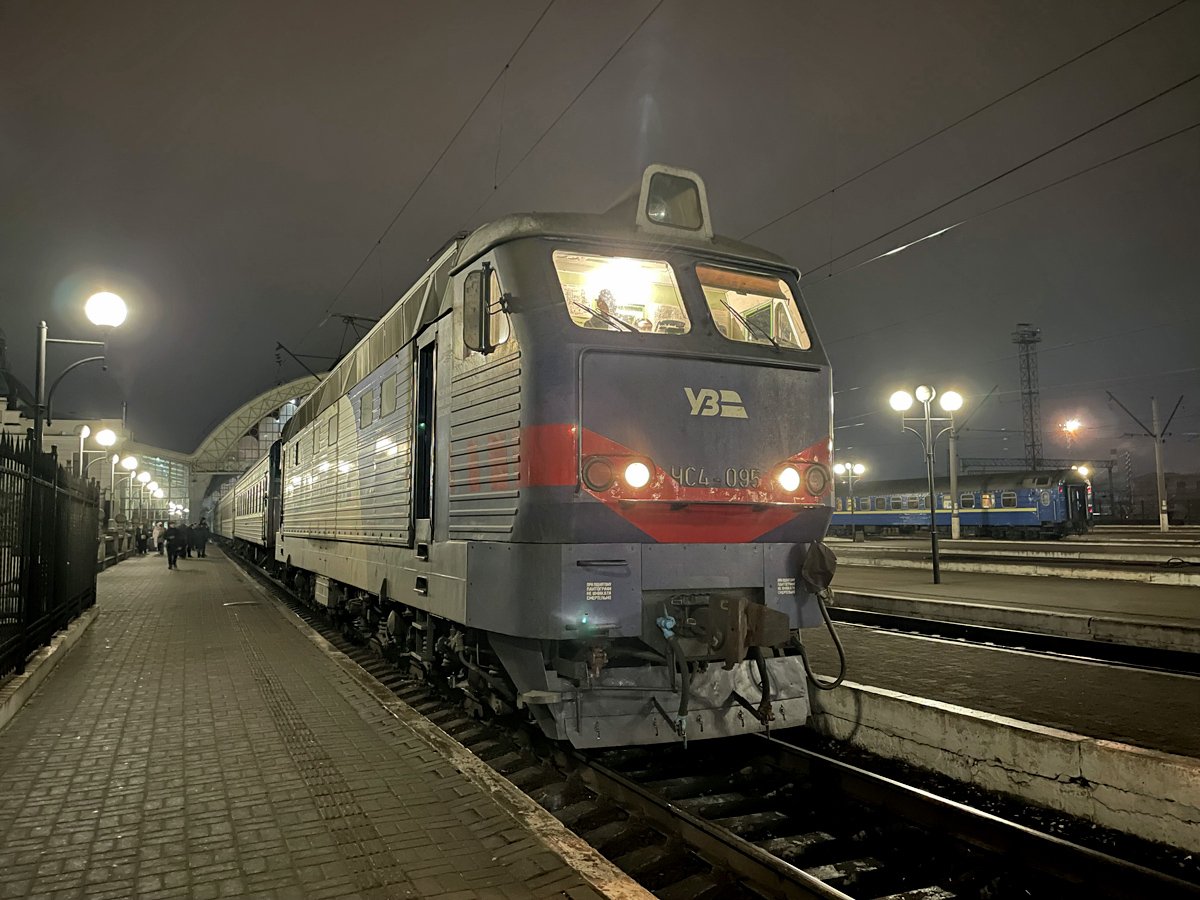Lviv - birthplace of Ukrainian nationalism
Vladimir Putin denies the very concept of a national Ukrainian identity. Benedict Anderson conceptualised the modern nation-state as an imagined community in his famous 1983 book Imagined Communities. During the time of the Habsburg Empire Ukrainians were influenced by the nationalism that spread after the French Revolution. The first seeds were sown. The Revolutions of 1848 in the Austrian Empire inspired the founding of the Supreme Ruthenian Council in the city we now call Lviv (Львів). One of the three political requests was that lectures in schools and publishing of government statements needed to be conducted in the Ukrainian language.
From the Supreme Ruthenian Council (1848 - 1851) to the breakup of the Sovjet Union, Ukrainian nationalism survived – between 1917 - 1918; 1918 - 1921 there was even a short-lived Ukrainian People's Republic. In 1991 an independent Ukraine was formed when the Ukrainian Soviet Socialist Republic was dissolved. Not based on ethnicity but as a modern Ukrainian state and pluralistic citizenship laws.
“Fight — and you’ll be victorious,
God is helping you!
On your side is justice, on your side is glory,
And holy liberty!”
Lviv is a very modern bustling city with a population well over 700.000, almost as big as Kraków.
I arrived in Lviv after sunset. My hotel was right on Svobody Avenue. The entrance was inside a luxurious shopping mall. Signs with red arrows pointed at the shelter in the basement in case of an air raid. Since 2022 twelve civilians were killed and thirty-two wounded during dozens of attacks on Lviv Oblast.
I was pretty hungry so I entered the first beer pub I saw, the White Lion pub (Білий Лев, Lesi Ukrainky vul. 15). They served smoked pig’s ears as a beer snack and they lend me a paperclip to remove my physical sim card so I could be sure my data went through eSIM.
Soon I discovered Piana Vyshnia (“Drunk Cherry”), a tiny little place selling sweet but not too sweet cherry liqueur. Most of the action was on the street. I was mesmerised by the singing, and two pints of beer and two cherry liqueurs helped lift my mood. I filmed in vertical video format for Instagram.
I have been to regions of conflict before, Kosova in 1991 among others, Serbias had full and direct control of the province, tanks guarded the border, but never to a country which is under martial law. I have often wondered whether I would be able to fight, would I show valour or would I run to the hills? This question cannot easily be answered. In Lviv I was observing people of fighting age. For them the question is not hypothetical.
Ukrainian president Volodymyr Zelenskyy sees the need to mobilise more citizens. The average age of the Ukrainian solider is 43 years at the moment of writing. His commanders have asked for up to 500,000 extra soldiers, but this is hard to finance. For each fighting soldier you need six extra people working to pay for that one soldier. Zelenskyy has to find 3 million extra jobs to even make this possible.
Still, every man, or even woman, in Ukraine knows there could be a moment he or she will be asked to serve, possibly on the front. A bill on mobilisation is now discussed in Ukraine's parliament. At the same time conscripts who have served since before the full-scale invasion began are now being discharged and won’t be called up for 12-months. Zelenskyy promised rotation in his speech when he removed general Valery Zaluzhny as commander-in-chief in February.
When curfew was about to start the crowd started singing this song. I didn’t have time yet to ask somebody what song this is and what the lyrics mean.
Lemberg
When Lviv fell under the Habsburg monarchy the city was known as Lemberg and saw a large influx of Austrians and German-speaking Czech bureaucrats. The city became quite Austrian by the mid 19th century. You can still find the Viennese Coffee House in the city center (12 Svobody Avenue), which was established over a hundred years ago. I ordered the ‘business lunch’ menu which consisted of a beet salad, a very good borscht and a Wiener Schnitzel as flat as a sheet of paper: perfect.
Slavik’s Fashion
One moment the war is invisible, the next moment you are looking at portraits of men who very recently died in battle. President Zelenskyy announced in February 2024 that 31,000 Ukrainian soldiers have been killed in action since 2022.
Memorial of the Heavenly Hundred Heroes
This memorial, built in 2019, is a reminder that upraising of the Ukrainian people against corruption, oligarchs and Russian influence started more than ten years ago, and consequentially the annexing of Crimea by Russia and the war in Donbas. The memorial is to commemorate the people who lost their lives during the Euromaidan protests in 2013 and 2014. Address: Pidvalna St, 6, Lviv.
The protest did not start in Kyiv, but in Lviv when in November 2013 mayor Sadovy called for students to go on a strike and protest. Shortly afterwards tens on thousands young Ukrainians travelled to Kyiv from West-Ukraine to the now famous Maidan Nezalezhnosti square. In January 2014 protesters occupied the regional government building in Lviv. This led to the storming of regional government buildings all over Ukraine. It still angers me when right (and left) wing idiots claim Euromaidan was a CIA sponsored coup. Lviv as cradle for Euromaidan is argued for by Dutch journalist Michiel Driebergen in this article dated 3 February 2014.
Children on a school trip visiting the memorial.
This statue below depicts merchant and translator Yuri-Franz Kulchytsky. He became a hero in the defence of Vienna from the Turks. As a rewards he received 300 sacks of coffee. When Austria ruled Galicia in late 18th century, coffee culture spread to Lviv and today Kulchytsky, a native of a region near Lviv (back then the Polish–Lithuanian Commonwealth, today Ukraine), is seen as the man who brought coffee to Central Europe, which is most likely not true. But it makes a nice story and a cool statue. Today Lviv has many coffee houses in the style of a Wiener Kaffeehaus.
Lviv Railway Station
My final destination would be Kyiv, the capital and seat of government. My train to Kyiv left at 11:05 pm and would arrive the next morning at 06:19 am at Kyiv-Pasazhyrskyi railway station. Many trains run at night. The sleeping carriages are still heated by coal. The night time atmosphere at the railway station is amazing, the smell of coal, the long trains, up to 17 carriages, the big Soviet era locomotives, it’s unforgettable.
I probably bought a first class ticket because my compartment had only two beds. I bought my ticket online before my journey. It was quite a comfortable night.
The situation of the war shortly before my visit. The front is roughly 500 kilometres distance from Kyiv.








